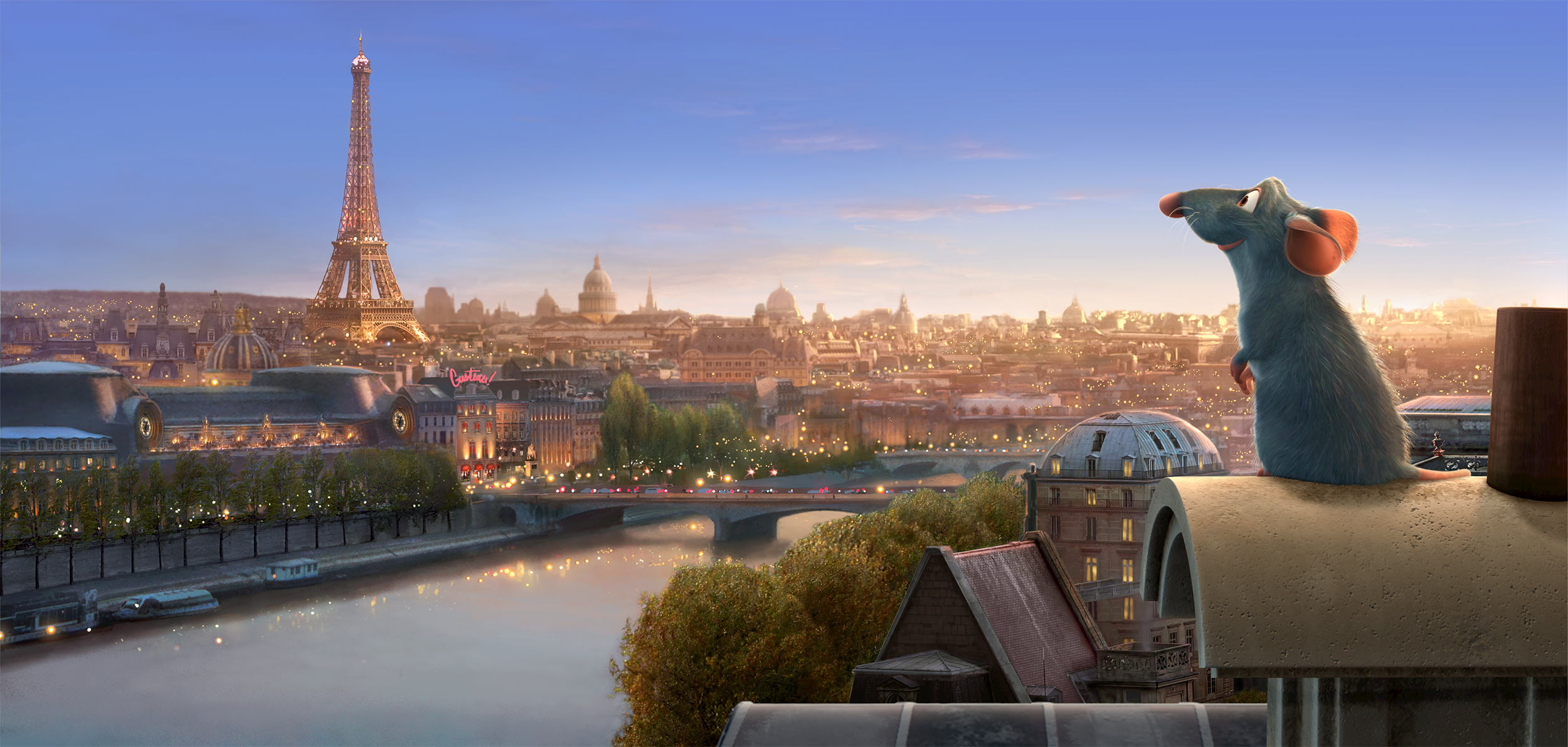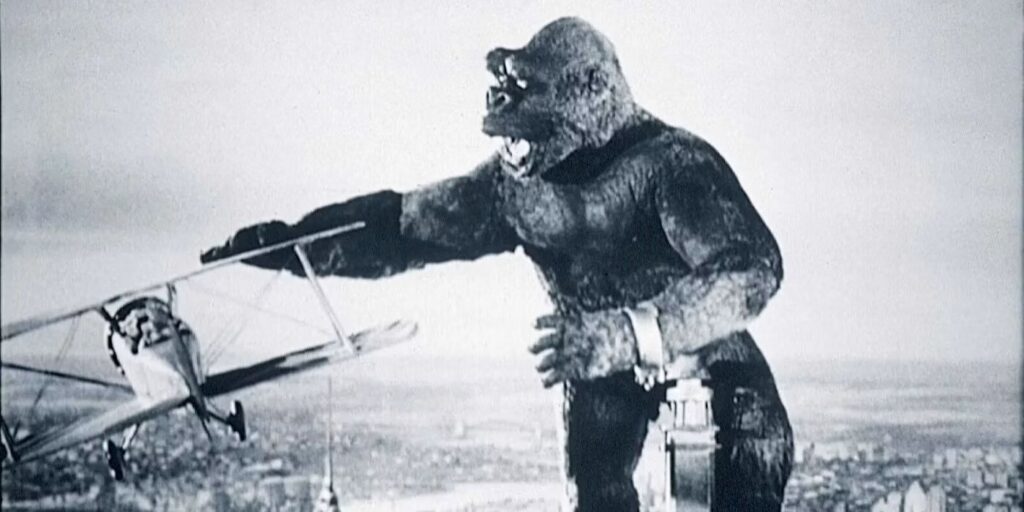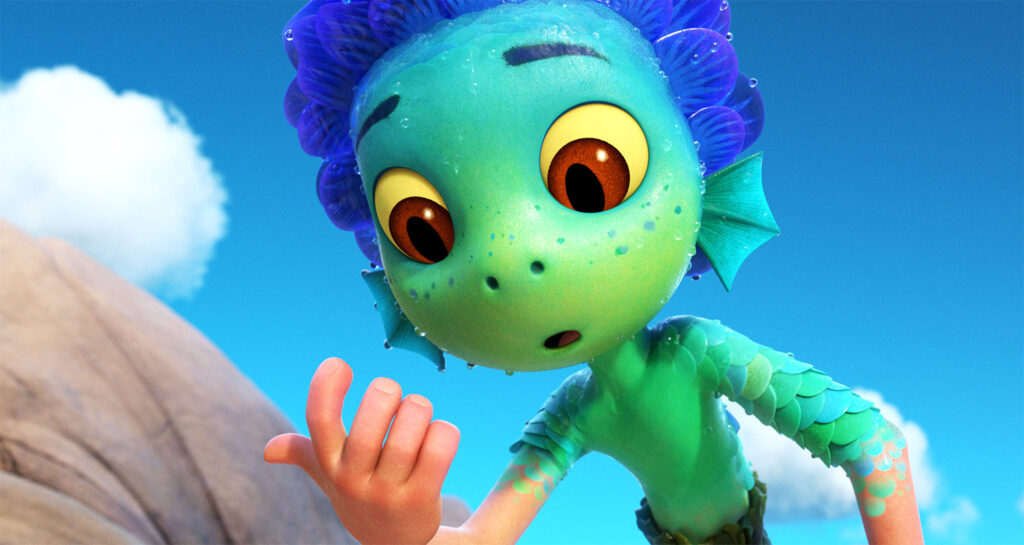Pencil to Pixels
A nimation, the art of bringing inanimate objects and characters to life, has captured the attention of audiences worldwide for over a century. From the earliest hand-drawn sketches to the cutting-edge digital masterpieces of today, the history of animation is a remarkable tale of creativity, innovation, and technological advancements. In this blog post, we’ll take a journey through time to explore the fascinating evolution of animation.
The Birth of Animation
The roots of animation can be traced back as far 1600 BC to the Egyptians who built a temple to the goddess Isis which included 110 columns, each with a painted figure of the goddess in a progressively altered pose. To those riding past, Isis was animated. More modern examples can be found in the late 19th century when inventors and artists began experimenting with various techniques to create the illusion of movement. In 1872, French artist Émile Reynaud presented the “Praxinoscope,” a device that allowed the viewing of moving images. A few years later, English-American inventor Eadweard Muybridge conducted his iconic “motion studies,” capturing sequential images of animals and humans in motion.
The Emergence of Hand-Drawn Animation
The true birth of animation as we know it came with the creation of the first hand-drawn animated film, “Fantasmagorie” (1908), by French artist Émile Cohl. Using a series of sketches drawn on paper, Cohl brought characters and scenes to life, paving the way for future animation pioneers like Walt Disney.
Disney’s Revolution
Walt Disney played a pivotal role in the history of animation. In 1928, he introduced the world to Mickey Mouse (not to be confused with ‘Mickey Marble‘) the first animated character with synchronized sound, in the short film “Steamboat Willie.” This groundbreaking achievement propelled Disney to the forefront of animation, and he continued to innovate with full-color animations, multiplane cameras, and feature-length films like “Snow White and the Seven Dwarfs” (1937) – the first-ever full-length animated feature.
The Rise of Stop-Motion Animation
In the 1930s and 1940s, stop-motion animation gained popularity with the works of Willis O’Brien (“King Kong”) and Ray Harryhausen (“Jason and the Argonauts”). Stop-motion involved photographing physical models or puppets, manipulating them slightly between each shot to create the illusion of movement. This technique opened new doors for filmmakers to bring fantastical creatures and worlds to life.
The Digital Age
The late 20th century witnessed a digital revolution in animation. The introduction of computer-generated imagery (CGI) in the 1970s revolutionized the industry. Pixar Animation Studios was at the forefront of this transformation, releasing the first CGI feature film, “Toy Story,” in 1995. CGI allowed animators to create stunning visuals, realistic characters, and intricate worlds, marking a new era in animation history.
Animation Today
Today, animation is an integral part of entertainment and media, from animated feature films and television shows to video games, explainer videos and interactive experiences. Traditional hand-drawn animation continues to thrive alongside cutting-edge CGI, stop-motion, and mixed-media approaches. Animation has also found a place in educational settings, advertising, and social media, captivating audiences of all ages across the globe.
The history of animation is an inspiring journey of innovation and creativity. From the humble beginnings of hand-drawn sketches to the sophisticated world of digital animation, it has consistently evolved, captivating audiences and pushing the boundaries of storytelling. As technology continues to advance, the future of animation looks even more promising.
If you would like to harness the power of animation to promote or explain your business, service or idea, fill in the contact form below.






